Combine quick science and balloon play with our easy to set up chemistry for kids! Test out this balloon baking soda science activity! It’s a must save homemade science experiment for fizzing baking soda and vinegar science all year long! Just a few simple ingredients from the kitchen and you have amazing chemistry for kids at your fingertips. The science you can actually play with too!
Grade 4 | Physics | Chapter 3 | State of Matter, Gas
Baking Soda and Vinegar Balloon Experiment for Kids
Description
CHEMISTRY FOR KIDS
Let’s keep it basic for our younger or junior scientists! Chemistry is all about the way different materials are put together, and how they are made up including atoms and molecules. It’s also how these materials act under different conditions. Chemistry is often a base for physics so you will see overlap!
What might you experiment within chemistry? Classically we think of a mad scientist and lots of bubbling beakers, and yes there is a reaction between bases and acids to enjoy! Also, chemistry involves matter, changes, solutions, and the list goes on and on.
Materials
SCIENCE SUPPLIES
- Baking Soda
- Vinegar
- Empty Water Bottles
- Balloons
- Measuring Spoons
- Funnel {optional but helpful)
LET’S GET STARTED WITH BALLOON BAKING SODA SCIENCE!
- Blow up the balloon a bit to stretch it out some.
- Use the funnel and teaspoon to add baking soda to the balloon. We started with 2 teaspoons and added a teaspoon for each balloon.
- Fill the container with Vinegar halfway
- When your balloons are all made attach to containers making sure you have a good seal!
- Lift up the balloon to dump the baking soda into the container of vinegar
- Watch the balloon fill up
- To get the most gas out of it, we swirled around the container to get it all going!
SIMPLE SCIENCE: BLOWING UP BALLOONS WITH CO2
The science, behind this balloon baking soda experiment, is the chemical reaction between the base {baking soda} and the acid {vinegar}. When the two ingredients mix together the balloon baking soda experiment gets it’s lift!
That lift is the gas produced from the two ingredients is carbon dioxide or CO2. As the gas tries to leave the plastic container, it goes up into the balloon because of the tight seal you have created. Because the gas has nowhere to go and is pushing against the balloon it inflates it! Similarly, we exhale carbon dioxide when we blow up balloons.
Disclaimer and Safety Precautions
Warning is hereby given that not all Project Ideas are appropriate for all individuals or in all circumstances. Implementation of any Science Project Idea should be undertaken only in appropriate settings and with appropriate parental or other supervision. Reading and following the safety precautions of all materials used in a project is the sole responsibility of each individual. For further information, consult your state’s handbook of Science Safety.
Safety
- Put on protective eyewear. Conduct the experiment on the plastic tray and in a well-ventilated area.
- Keep a bowl of water nearby during the experiment.
- Keep flammable materials and hair away from flame.
- Avoid looking directly at burning magnesium to prevent eye discomfort.
- Do not attempt to extinguish the solid fuel and magnesium — let them burn down completely. Do not touch the stove after the experiment — wait until it cools down.
- Do not allow chemicals to come into contact with the eyes or mouth.
- Keep young children, animals and those not wearing eye protection away from the experimental area.
- Store this experimental set out of reach of children under 12 years of age.
- Clean all equipment after use.
- Make sure that all containers are fully closed and properly stored after use.
- Ensure that all empty containers are disposed of properly.
- Do not use any equipment which has not been supplied with the set or recommended in the instructions for use.
- Do not replace foodstuffs in original container. Dispose of immediately.
- In case of eye contact: Wash out eye with plenty of water, holding eye open if necessary. Seek immediate medical advice.
- If swallowed: Wash out mouth with water, drink some fresh water. Do not induce vomiting. Seek immediate medical advice.
- In case of inhalation: Remove person to fresh air.
- In case of skin contact and burns: Wash affected area with plenty of water for at least 10 minutes.
- In case of doubt, seek medical advice without delay. Take the chemical and its container with you.
- In case of injury always seek medical advice.
- The incorrect use of chemicals can cause injury and damage to health. Only carry out those experiments which are listed in the instructions.
- This experimental set is for use only by children over 12 years.
- Because children’s abilities vary so much, even within age groups, supervising adults should exercise discretion as to which experiments are suitable and safe for them. The instructions should enable supervisors to assess any experiment to establish its suitability for a particular child.
- The supervising adult should discuss the warnings and safety information with the child or children before commencing the experiments. Particular attention should be paid to the safe handling of acids, alkalis and flammable liquids.
- The area surrounding the experiment should be kept clear of any obstructions and away from the storage of food. It should be well lit and ventilated and close to a water supply. A solid table with a heat resistant top should be provided
- Substances in non-reclosable packaging should be used up (completely) during the course of one experiment, i.e. after opening the package.
Disposal
Dispose of the reagents and solid waste together with household garbage.
Additional information
| Subject | Chemistry, Mathematics |
|---|---|
| Materials Needed | # 3 12-inch long metal rods or thick wire: copper, steel, brass, or other metal. |
| Topic | Astronomy |



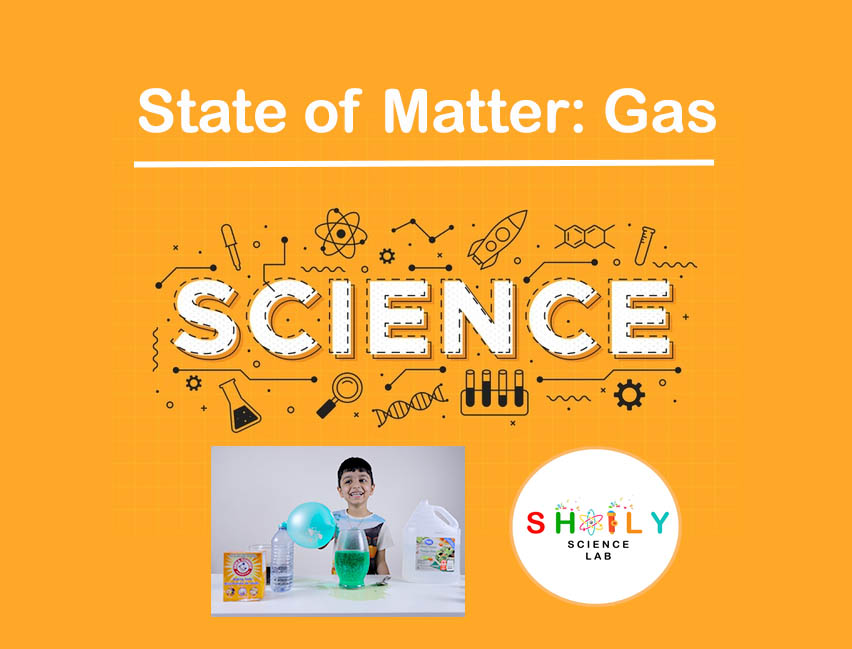
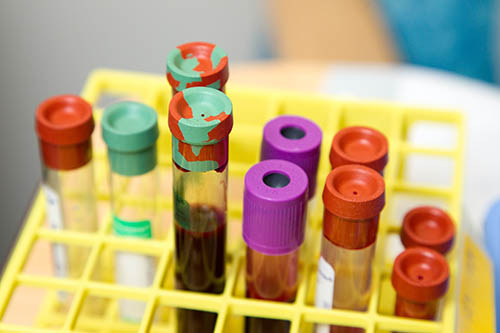
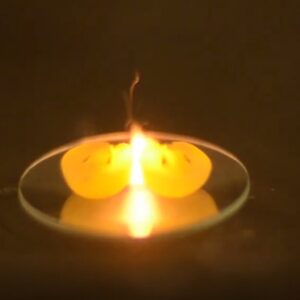
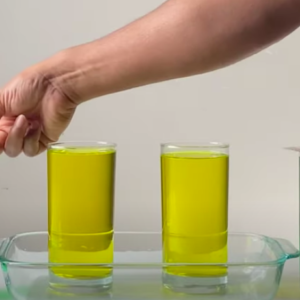
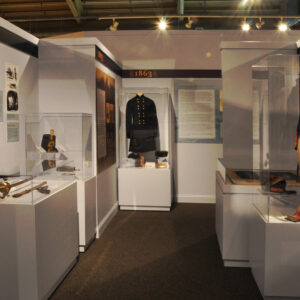
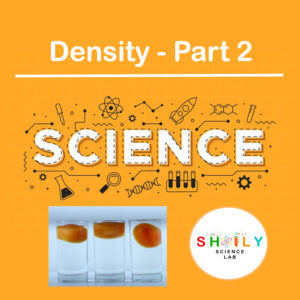
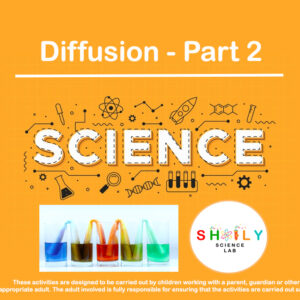
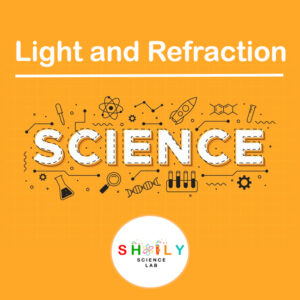
Reviews
There are no reviews yet.